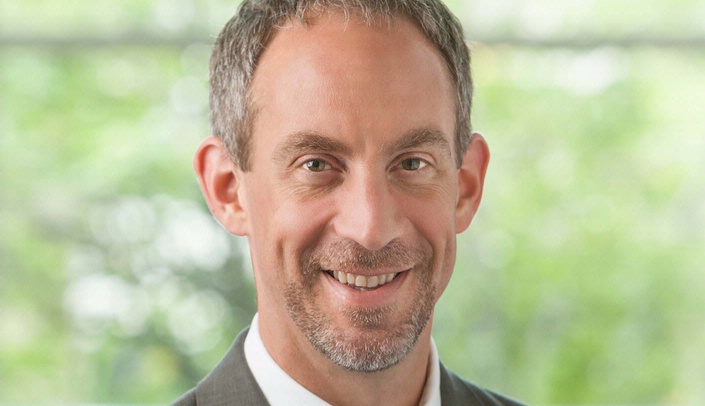A report published in the July online version of the journal Academic Medicine details a bold proposal that would revolutionize how medical education is funded and even eliminate medical school tuition for some students.
The proposal – authored by leaders at the University of Nebraska Medical Center – would broaden funding for graduate medical education (GME) to come from not only federal and state government but also from private insurance companies and other health care payers.
It also suggests that tuition should be paid for medical school students who practice in a rural or urban underserved area after they graduate.
The proposal, which will appear in the September print edition of Academic Medicine, is the first in recent medical literature to break down how to accomplish these goals.
For years, major national and regional organizations have been trying to increase the number of positions for medical residents and shore up funding for all positions, but little progress has been made.
Experts say now is the time to act because of the need to increase physician workforce and the continuing threats to GME funding for training residents. Less money for training residents will mean less physicians and even more maldistribution of physicians in rural communities and urban underserved areas.
“We have actually created a point in time when it’s important to rethink quite radically how we do this process,” said Kelly Caverzagie, M.D., associate dean for educational strategy in the UNMC College of Medicine.
Residency begins after medical students graduate from medical school. For three to seven years, depending on medical specialty, resident physicians train under the supervision of a faculty member. The resident is the primary caregiver of patients and becomes a specialist through the residency training process.
The UNMC proposal calls for a comprehensive all-payer system.
“The current system is not the best system with which to fund GME,” Dr. Caverzagie said. “Rather than the federal and state governments paying all the costs to train a resident, we believe that everyone who benefits from the health care delivery system should contribute to the cost of training residents since everyone benefits from a well-trained physician.”
In addition to Medicare and Medicaid, the UNMC model calls for private insurance companies and all other health care payers to share costs.
The plan also suggests one answer to a long-debated issue about medical school debt, which influences what specialty a physician chooses and where they practice – rural or urban. Debt also impacts the ability of underserved students to attend medical school.
Under the proposal, Dr. Caverzagie said tuition would be waived for certain students who enter into medical school.
“When they graduate from medical school, they would have no monetary debt, but would be required to provide service in a place of need, whether that would be in a rural or urban underserved area,” he said.
Other authors of the report included UNMC Chancellor Jeffrey P. Gold, M.D., and former UNMC health policy expert James Stimpson, Ph.D., who is now associate dean of academic affairs at the City University of New York School of Public Health.
Dr. Gold said the hope is to begin a meaningful dialogue for changes. He said the fine details would require years of studying and planning.
“We hope that by publishing this manuscript we engage policy makers, legislators, as well as leadership in medicine, in a conversation that leads to further ideas and hopefully some pilot programs to develop partnerships on how we might reframe medical school funding and residency funding,” Dr. Gold said.
The proposed model also would make the costs of training more transparent as well as the training benefits to the health care system, Dr. Caverzagie said.
Though residents salaries are known, it’s difficult to measure things such as the time it takes physicians to train and supervise residents. The time invested reduces the potential for the physician’s ability to see more patients.
“Right now we get a new workforce every year, but how that funding occurs for the training is really difficult to follow,” Dr. Caverzagie said. “This would be a more transparent way and it’s important we have transparency because then we can define expectations of training and begin to measure expected outcomes.”
Here is more information from the Association of American Medical Colleges (AAMC) on how GME is funded.
We are Nebraska Medicine and UNMC. Our mission is to lead the world in transforming lives to create a healthy future for all individuals and communities through premier educational programs, innovative research and extraordinary patient care.
